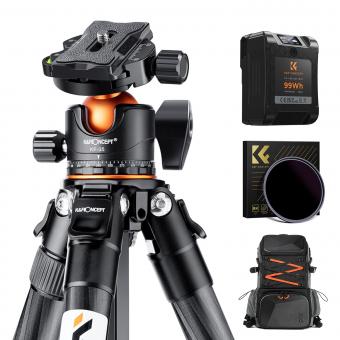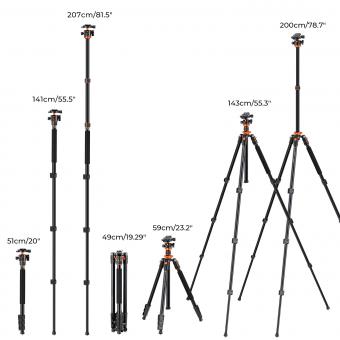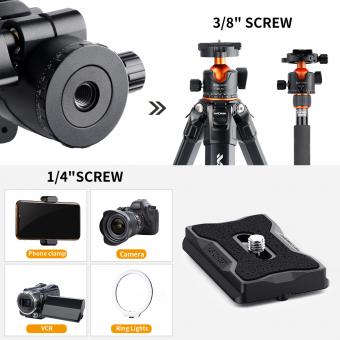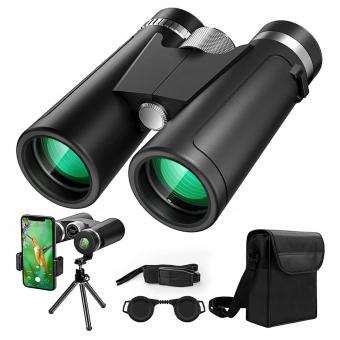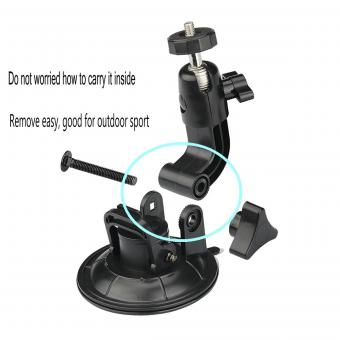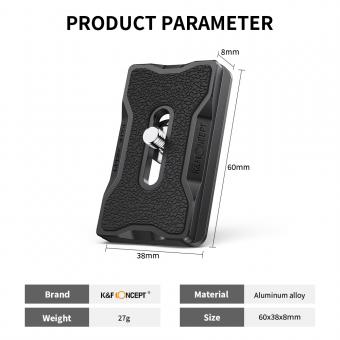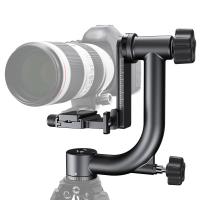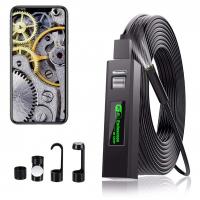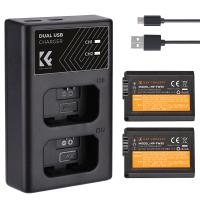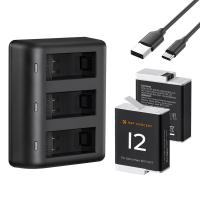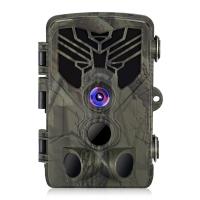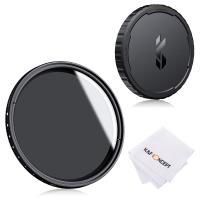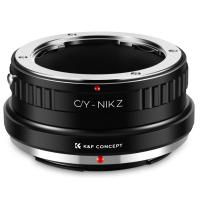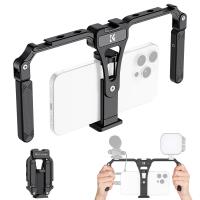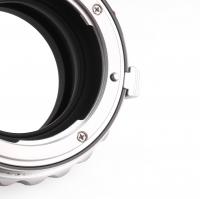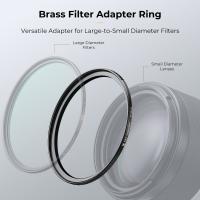How To Do A Tripod ?
To set up a tripod, first, extend the legs to the desired height by unlocking the leg locks and pulling the legs outwards. Then, adjust the angle of the legs to ensure stability on uneven surfaces. Next, attach the camera to the tripod head by screwing it onto the mounting plate. Adjust the position of the camera by loosening the knobs on the tripod head and moving it to the desired angle. Finally, use the tripod's built-in level to ensure that the camera is perfectly level.
1、 Tripod (photography)
How to do a tripod:
1. Choose the right tripod: There are many types of tripods available in the market, so it's important to choose the right one for your needs. Consider the weight of your camera and lens, the height you need, and the stability you require.
2. Set up the tripod: Once you have your tripod, set it up on a level surface. Extend the legs to the desired height and lock them in place. Make sure the tripod is stable and won't tip over.
3. Attach the camera: Most tripods come with a quick-release plate that attaches to the bottom of your camera. Attach the plate to your camera and then attach the plate to the tripod head.
4. Adjust the tripod head: The tripod head is the part that holds your camera and allows you to adjust its position. Adjust the head so that your camera is level and pointing in the right direction.
5. Use a remote shutter release: To avoid camera shake, use a remote shutter release or the self-timer function on your camera to take the photo.
The tripod is an essential tool for any photographer, whether you're shooting landscapes, portraits, or anything in between. It provides stability and allows you to take sharp, clear photos even in low light conditions. With the latest advancements in technology, tripods are becoming more lightweight and compact, making them easier to carry around. Some tripods even come with built-in features like Bluetooth connectivity and smartphone compatibility, making them even more versatile. So, whether you're a professional photographer or just starting out, investing in a good tripod is definitely worth it.
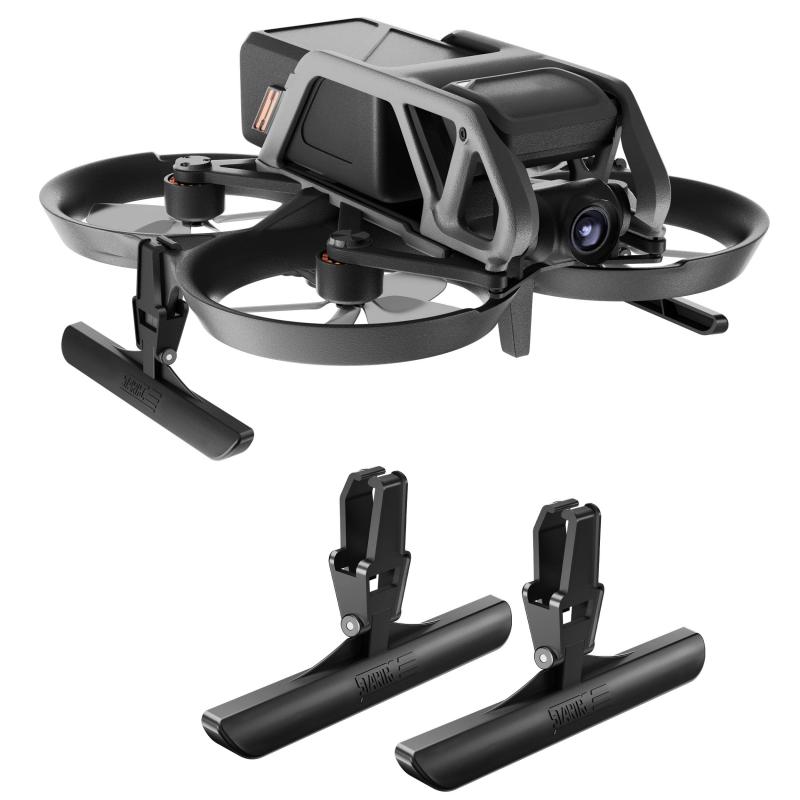
2、 Types of tripod heads
How to do a tripod:
1. Choose the right tripod: The first step in setting up a tripod is to choose the right one for your needs. Consider the weight of your camera and lens, the height you need, and the terrain you'll be shooting on.
2. Extend the legs: Once you've chosen your tripod, extend the legs to the desired height. Make sure the legs are securely locked in place.
3. Adjust the center column: If your tripod has a center column, adjust it to the desired height. Keep in mind that extending the center column can make the tripod less stable.
4. Attach the camera: Attach your camera to the tripod head using the appropriate mounting plate. Make sure the camera is securely attached and level.
5. Adjust the tripod head: Adjust the tripod head to the desired angle and orientation. Use the pan and tilt controls to fine-tune your composition.
Types of tripod heads:
1. Ball head: A ball head is a popular type of tripod head that allows for quick and easy adjustments. It features a ball and socket joint that allows you to adjust the angle of your camera in any direction.
2. Pan-tilt head: A pan-tilt head is a more traditional type of tripod head that features separate controls for panning and tilting. This allows for more precise adjustments, but can be slower to use.
3. Gimbal head: A gimbal head is a specialized type of tripod head that is designed for use with heavy telephoto lenses. It allows you to balance the weight of the lens and camera, making it easier to track moving subjects.
4. Fluid head: A fluid head is a type of tripod head that is designed for use with video cameras. It features fluid-filled chambers that provide smooth and stable movement when panning and tilting.
The latest point of view on tripod heads is that there is no one-size-fits-all solution. The type of tripod head you choose will depend on your specific needs and shooting style. It's important to consider factors such as weight, stability, and ease of use when selecting a tripod head. Additionally, advancements in technology have led to the development of new types of tripod heads, such as motorized heads that allow for remote control and automated movements.
3、 Tripod materials and construction
How to do a tripod:
1. Choose your materials: Tripods can be made from a variety of materials, including wood, metal, and plastic. Consider the weight and stability of the material you choose.
2. Cut your legs: Cut three equal lengths of your chosen material for the legs of the tripod. The length will depend on the height you want your tripod to be.
3. Sand the legs: Sand the legs to remove any rough edges or splinters.
4. Drill holes: Drill a hole in the top of each leg, about an inch from the end.
5. Connect the legs: Thread a bolt through the holes in the legs and secure with a nut. Make sure the legs are evenly spaced and the bolt is tight.
6. Add a center post: Cut a length of material for the center post and drill a hole in the top. Thread the center post through the bolt in the legs and secure with a nut.
7. Add a head: Attach a tripod head to the top of the center post. This will allow you to attach your camera or other equipment.
Tripod materials and construction:
When it comes to tripod materials, there are pros and cons to each option. Wood is a popular choice for its natural look and feel, but it can be heavy and less stable than other materials. Metal is durable and lightweight, but can be expensive. Plastic is lightweight and affordable, but may not be as sturdy as other materials.
In terms of construction, many tripods now feature adjustable legs and center posts, allowing for greater flexibility and ease of use. Some tripods also come with built-in levels and other features to help ensure a level shot. Additionally, many tripods now come with quick-release plates, allowing for easy attachment and detachment of equipment.
Overall, the key to constructing a sturdy and reliable tripod is to choose quality materials and ensure that all connections are secure and tight.
4、 Tripod stability and weight capacity
How to do a tripod:
1. Choose the right tripod: The first step in setting up a tripod is to choose the right one for your needs. Consider the weight of your camera and lens, as well as the type of photography you will be doing. Look for a tripod with a weight capacity that exceeds the weight of your camera and lens.
2. Adjust the legs: Once you have chosen your tripod, adjust the legs to the desired height. Make sure the legs are spread wide enough to provide stability, but not so wide that they become a tripping hazard.
3. Level the tripod: Use a bubble level to ensure that the tripod is level. This will help prevent your camera from tilting and producing crooked photos.
4. Attach the camera: Attach your camera to the tripod using the mounting plate. Make sure the camera is securely attached and balanced on the tripod.
5. Adjust the head: Adjust the head of the tripod to the desired angle and orientation. This will allow you to frame your shot and make adjustments as needed.
Tripod stability and weight capacity:
When it comes to tripod stability and weight capacity, there are a few things to keep in mind. First, make sure you choose a tripod with a weight capacity that exceeds the weight of your camera and lens. This will ensure that the tripod is stable and can support your equipment.
Second, consider the type of photography you will be doing. If you will be shooting in windy conditions or on uneven terrain, you may need a tripod with additional stability features, such as spiked feet or a center column hook for adding weight.
Finally, be mindful of the weight of your tripod itself. While a heavier tripod may provide more stability, it can also be cumbersome to carry around. Look for a tripod that strikes a balance between stability and portability, and consider investing in a lightweight carbon fiber tripod if weight is a concern.





